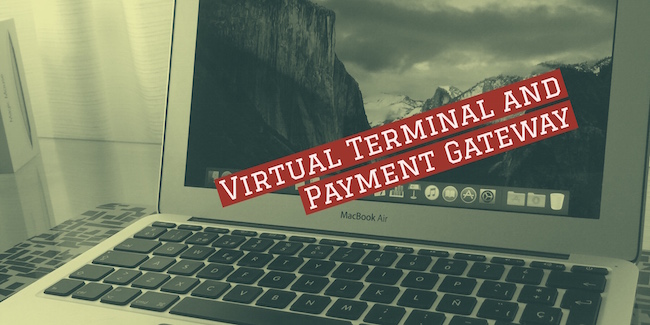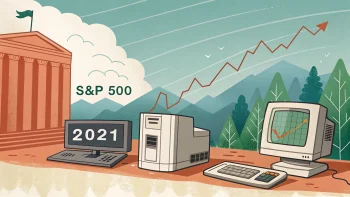If your online business processes credit cards, you’ve probably heard terms like “virtual terminal” and “payment gateway.” Maybe your merchant services rep has tossed them out, or a fellow business owner has brought them up on an industry message board. If you find yourself wondering if you *really* know exactly what they mean, look no further–understanding what these terms entail is essential to your understanding of credit card processing, and it’s not too hard to grasp.
What is a Virtual Terminal?
You know that machine you use to swipe your credit card at the store? That’s a physical credit card terminal, also known as a point-of-sale (POS) machine. A virtual terminal, though it sounds like jargon, is the exact same thing in software form. It’s a program that lets you put your customer’s information into an online payment form. You’ve filled these out yourself every time you’ve purchased something online. They ask for your personal information, usually including your name, billing and mailing addresses, and other. These are obviously useful for online businesses, but virtual terminals can be a great solution for small businesses too. This is especially the case if they have more than one department or location. For example, a pastry shop that also sells housewares and gifts at a separate register.
After credit card information is entered in multiple locations, the business owner can then view, print, or export related data to use in whatever way they need. Virtual terminals are available from a variety of sources and come with monthly fees for their use.
What is a Payment Gateway?
A payment gateway is the service that actually sends all of your credit card transactions to your credit card processors. It also sends you a message from your credit card processor that lets you know a transaction has been authorized. Some payment gateways also automatically add tax and screen for fraud. There’s no way for you to charge someone’s credit card unless you’re using a payment gateway. It’s simply an essential part of the process in verifying that someone’s authorized to use a credit card.
Do I Need a Virtual Terminal and a Payment Gateway?
If you’ve been convinced that you NEED a virtual terminal in order to process credit card payments, then you’ve been sold a bill of goods. While virtual terminals can be useful, those monthly fees add up quickly. Making a single purchase and buying a countertop terminal can easily pay for itself in a few months to a year depending on how much your virtual terminal is currently costing you. Whether or not you need a payment gateway depends on whether or not you’re willing to accept credit cards. Some freelancers may not accept credit cards as a method of payment; most small business owners will. Payment gateways can vary significantly in price, so do your research before choosing one. While it’s always great to give your customers as many payment options as you can, you want to make sure that the benefit to them is worth the cost to you.















